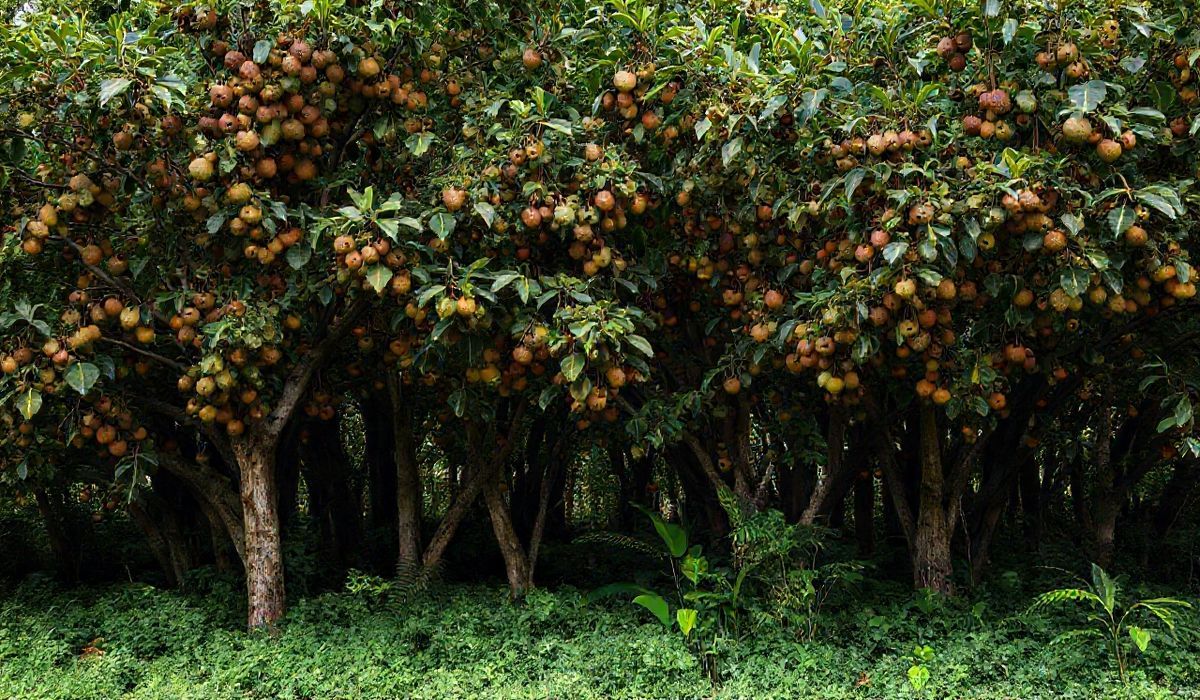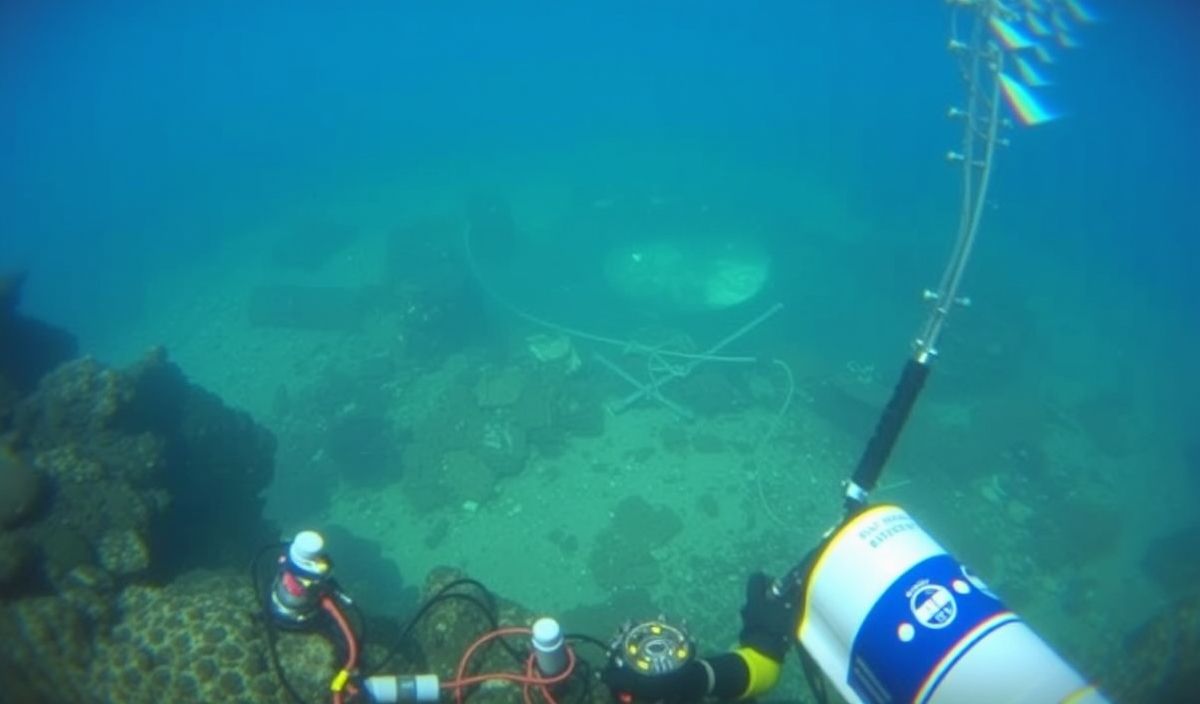A recent exploration into the effects of North America’s largest native fruit, the pawpaw, reveals its significant ecological footprint. While the pawpaw tree thrives by forming dense, shady groves that promote its growth, this feature inadvertently suppresses the diversity of other plant species in the area. The article highlights how these trees are altering local ecosystems, as observed during a foraging tour of the Danforth campus at Washington University. The findings underscore the complex relationship between native species and ecosystem balance.
Vero’s thoughts on the news:
The article raises important ecological concerns about pawpaw trees despite them being native species. Their ability to dominate ecosystems challenges the goal of promoting biodiversity, a critical pillar for sustainable development. This has interesting implications from a tech perspective, especially in the realm of applying data analytics, modeling, or even apps to support proper land and biodiversity management. Tools could be developed to monitor and balance native species proliferation to ensure that no single factor negatively impacts the ecosystem. Such software innovations could potentially identify early warnings and guide remediation.
Source: North America’s Largest Native Fruit Shakes Up Local Ecosystems – SciTechDaily
Hash: df20411b3f6214fc6b59ffebde1eb37b179f1b543e23af30f5c646b9981aba61




